Running a high-performance website can be a challenge…
A typical business website has 10 or more unique content pages, and it’s not uncommon for large-scale sites to easily exceed 100 pages and/or 1000s of products!
The challenge in all cases is that the experience (content, appeal, navigation and functions) must be tailored to the visitor’s unique customer journey and expectations for the website to serve and satisfy needs (that is, convert!).
For professional developers (like us) – this is the holy grail and forever the challenge (amongst others like Search Engine Ranking!)…However, in our mutual favour now is AI-driven website personalisation.
AI is fast becoming a tool in development and is often seen among the services offered on websites such as:
- Dynamic content rendering,
- AI-powered conversational interfaces, and
- Behaviour-based UX/UI Adjustments
…which are all making our websites ‘smarter’ and more personalised.
So what’s changing?
Static personalisation is gradually fading away as dynamic, real-time customisation rolls in.
Where a website from a decade ago would have offered a generic personalised experience —typically based on simple predetermined criteria like the visitor’s location — an AI-powered website now allows for engaging one-to-one visitor experiences.
Data collected in real time—such as location, device, time of day, or even the current weather—can be used to dynamically alter the website’s content to be highly relevant to the visitor. The application of smart recommendations and bundling of products are becoming more frequent (as the visitor is mostly unaware of the technology (and AI learning) they are being served).
Why does this matter?
Website personalisation matters because we are all consumers! We want to feel love and appreciation for spending time and money at a business/website.
● 81% of consumers “appreciate when e-commerce brands tailor experiences to their needs” (Wisernotify)
● 70% say that personalised experiences make them feel known (Wisernotify)
Because personalisation helps improve the experience/conversion/transaction, it’s a consideration for all online and offline marketing initiatives.
Online personalised content can help :
● Reduce bounce rates. (by up to 45% per Wisernotify)
● Increase revenue. (by over 25% per Search Logistics)
● Boost visitor spending. (by 40% per Search Logistics)
Simply, personalisation means showing the website visitor content that is relevant to them – their problems, needs and solutions.
We are bombarded with so much content and information that we only process a very small percentage of it (and remember less). As other businesses bring the competition, your business needs to stay relevant, front of mind and bring great customer service. Moving forward, AI tools and smarts can help deliver this.
How can I personalise my website?
If you’re interested in staying relevant and competitive (you should be), here are three surefire methods for keeping your content relevant to the visitor and, in turn, keeping your website relevant to the world.
1. Dynamic Content Rendering
Think of this as your website reacting in real time—like a digital chameleon—shifting its content based on who’s visiting and what they’re doing. We’re talking about changing up your headlines, CTAs, images, and even product listings based on live data.
What kind of data? Things like device type, location, browsing behaviour, or even the time of day. For websites with big audiences and diverse visitor needs, this is gold.
Dynamic Content Rendering in Action:
● Location-specific tweaks – Think local weather updates, regional news, or automatic language switches.
● Smart CTAs – Returning customer? Show them a “Buy Again” Button. First Timer? Point them to your bestsellers.
● Dynamic product listing – Reorder your listing to highlight what each visitor is most likely to buy based on past interactions.
In short:
Your site becomes smarter, faster, and way more relevant (speaking of smarter, faster, and way more relevant websites, check out our website optimization services and improve your website now).
2. Behaviour-Based UX/UI Adjustments
It’s one thing to change what a visitor sees—it’s another to change how they experience your site. That’s where behaviour-based UX/UI adjustments come in.
This isn’t just about pretty layouts. It’s about making sure the structure, flow, and interface of your website adapts to each individual visitor based on how they interact.
AI quietly watches what your visitors do—how they click, scroll, navigate, fill out forms—and starts piecing together a profile. Over time, it can recognise patterns and respond in real-time by tailoring the layout, tone, menus, and navigation to suit different visitor types or behaviours.
Behaviour-Based UX/UI Adjustments in Action:
Simplified vs. advanced layouts – New visitor? Serve a clean, easy-to-navigate version of your site. Returning visitor? Go deeper, with more features front and centre.
● Device-specific interfaces – Whether someone’s browsing on a phone, tablet, or desktop, your site automatically shifts to stay fast, friendly, and fully functional.
● Customised navigation – Your menus reorder themselves to highlight the sections a specific visitor is most likely to use.
● Adaptive accessibility features – From increased font sizes to higher contrast modes or closed captions, AI can automatically adjust settings to suit the visitor’s preferences or needs.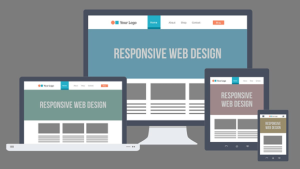
The payoff?
Smoother journeys. Less friction. Faster conversions. And a visitor that feels like your site just gets them. That’s the kind of experience that keeps them coming back.
3. Conversational Interfaces & AI Chatbots
You’ve probably landed on a website, clicked the chat bubble, and waited… and waited… for someone to reply. That slow, manual back-and-forth? It’s frustrating—for both visitors and your team.
That’s exactly where AI-powered chatbots step in—and honestly, they’re a game-changer.
Unlike traditional live chat that depends on human availability, AI conversational agents are always on. They respond instantly, learn from your content and past conversations, and get smarter over time. Tools like LiveChat, Zendesk, and Chatsimple can be trained to talk just like your team—but without the wait.
Conversational Interfaces & AI Chatbots in Action:
● Real-time Q&A – Whether it’s a common FAQ or something entirely new, AI bots can handle it. They adapt to each conversation based on visitor behaviour and intent.
● Personalised emails on autopilot – Imagine a lead comes through your chatbot, and before you’ve even logged in, a tailored follow-up email has already been sent. That’s AI doing the heavy lifting.
● Guided purchases and bookings – AI agents help guide visitors through complex buying journeys, removing friction, answering doubts as they come up, and making sure nothing stands between a visitor and conversion.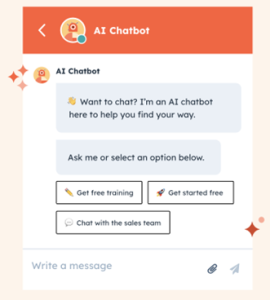
Why it matters:
Conversational interfaces make your website feel human, even when there’s no human around. They reduce support loads, increase conversion rates, and create smoother, more satisfying journeys for your visitors.
It’s not just about chatting—it’s about connecting, converting, and saving your team hours of manual effort (if you want to save your team even more time, take a look at our content management services for your Facebook and Instagram pages).
Your next steps to Website Personalisation
At Stellar Digital, we know that personalisation isn’t just a trend—it’s a necessity that’s happening now.
While you may not need to deploy cutting-edge AI tools from day one, you do need a website that’s fast, flexible, and built with the visitor in mind. That’s where we come in.
From consistent and intuitive web design to data-driven SEO that ensures your website reaches your audience, we can help you lay the foundation for personalisation—no matter where you are in your digital journey.
If you’d like a website review to provide better customer service (with or within Personalisation and AI) we can help. Talk to us today about making your website work smarter—for you and your visitors.
Acronyms/Lingo
AI—Artificial Intelligence
UX—visitor Experience
UI—visitor Interface
CTA—Call to Action
SEO—Search Engine Optimisation
Bounce Rate—The percentage of visitors who leave a website after viewing only one page, often used to measure how engaging or relevant a site is.
Buyer Journey/Customer Journey—The complete path a visitor takes from first interacting with a business to making a purchase (and beyond).
One-to-One Visitor Experience—A marketing approach where each visitor gets a personalised experience tailored specifically to their preferences and behaviour.
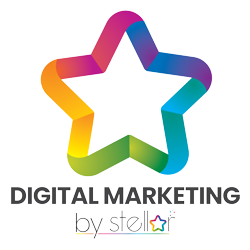
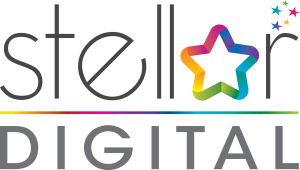
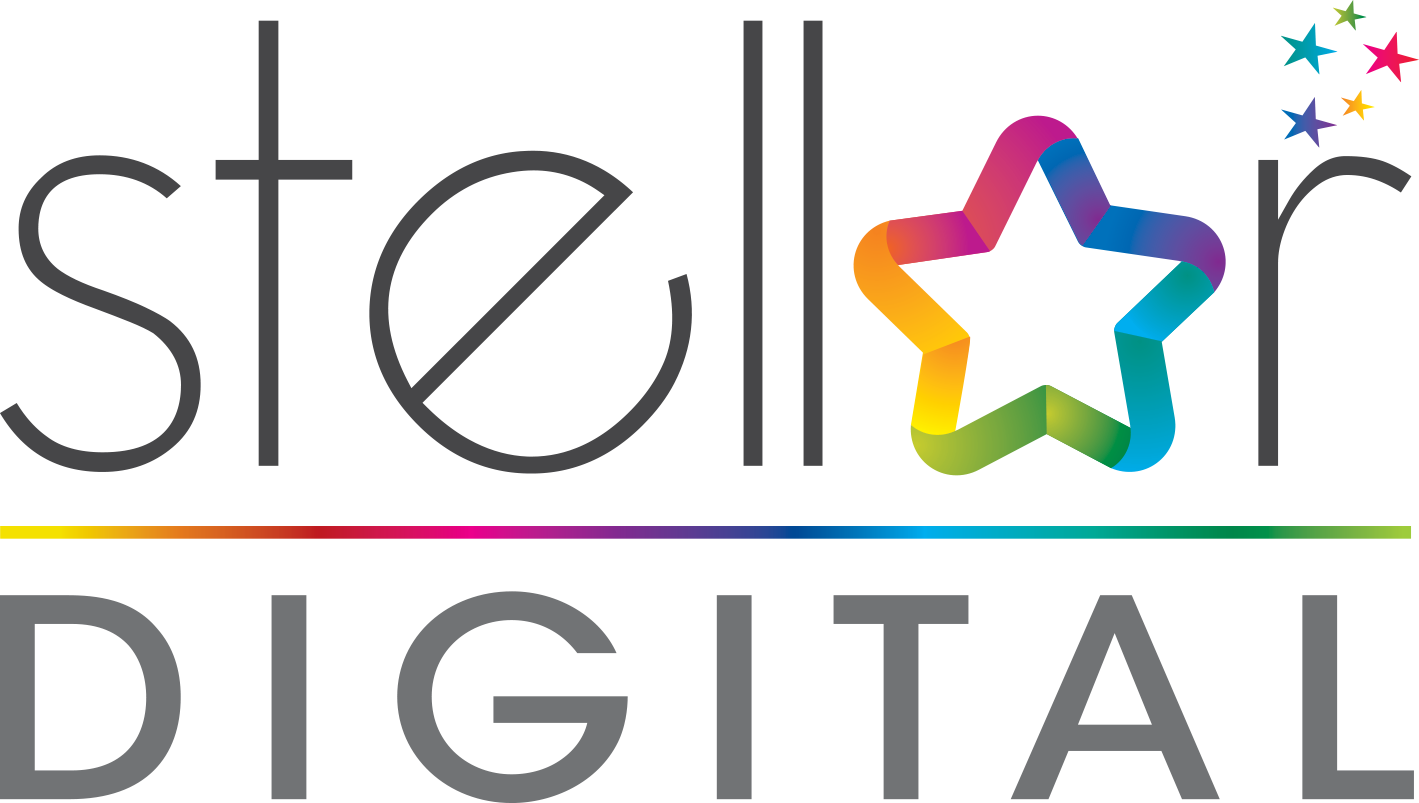
0 Comments
You can be the first one to leave a comment.